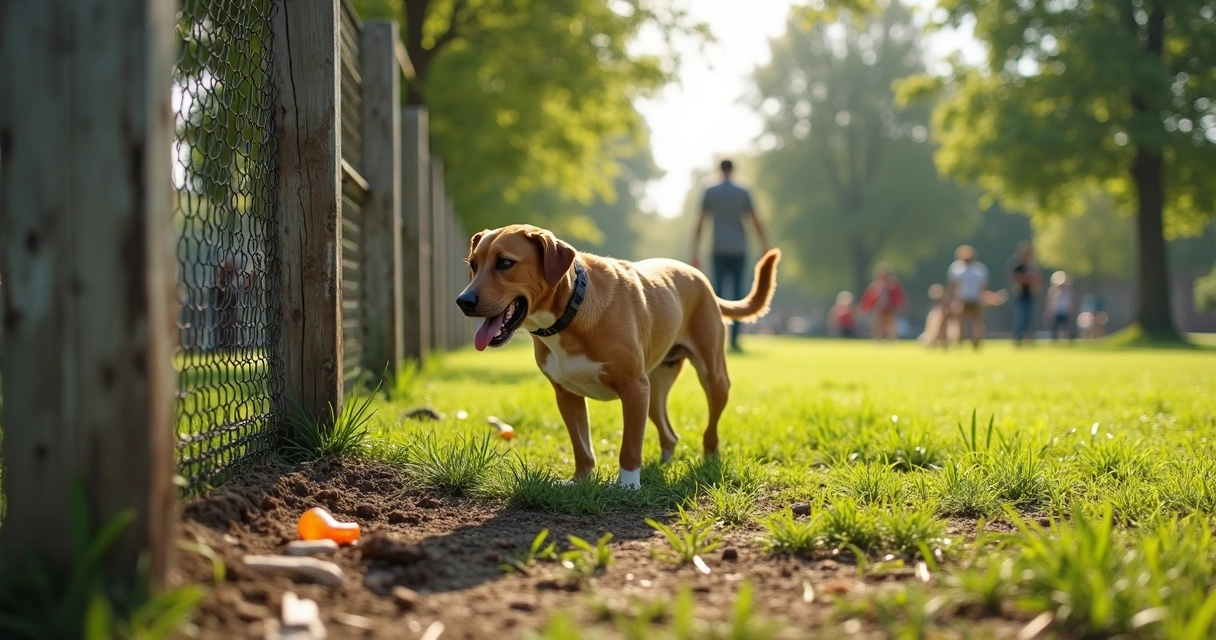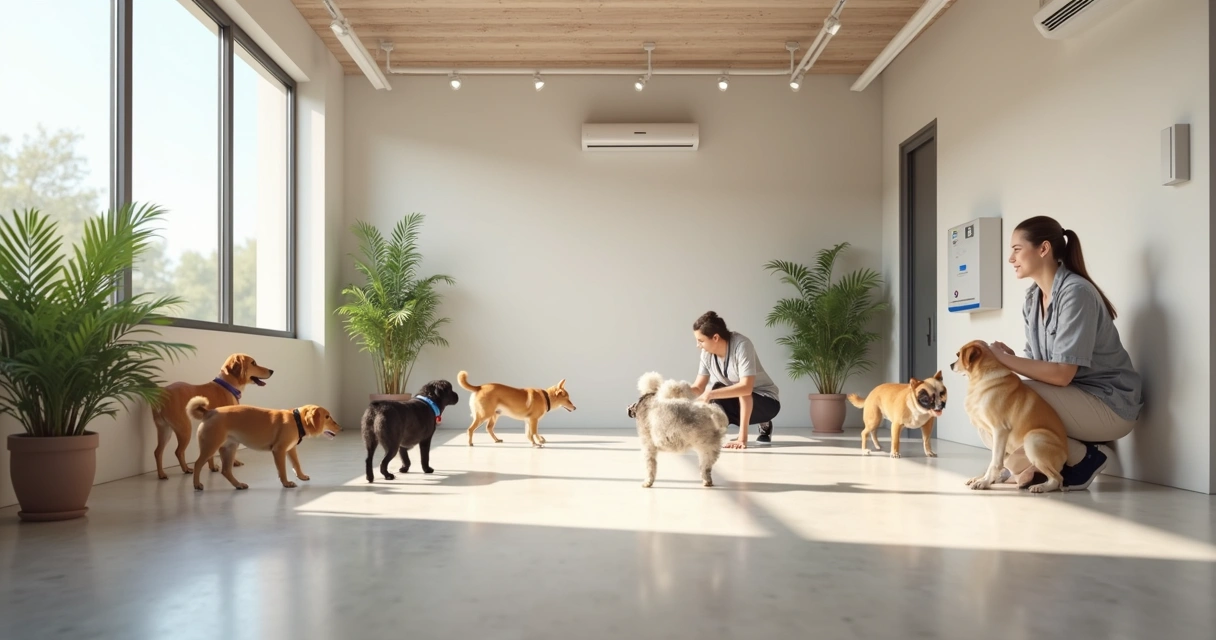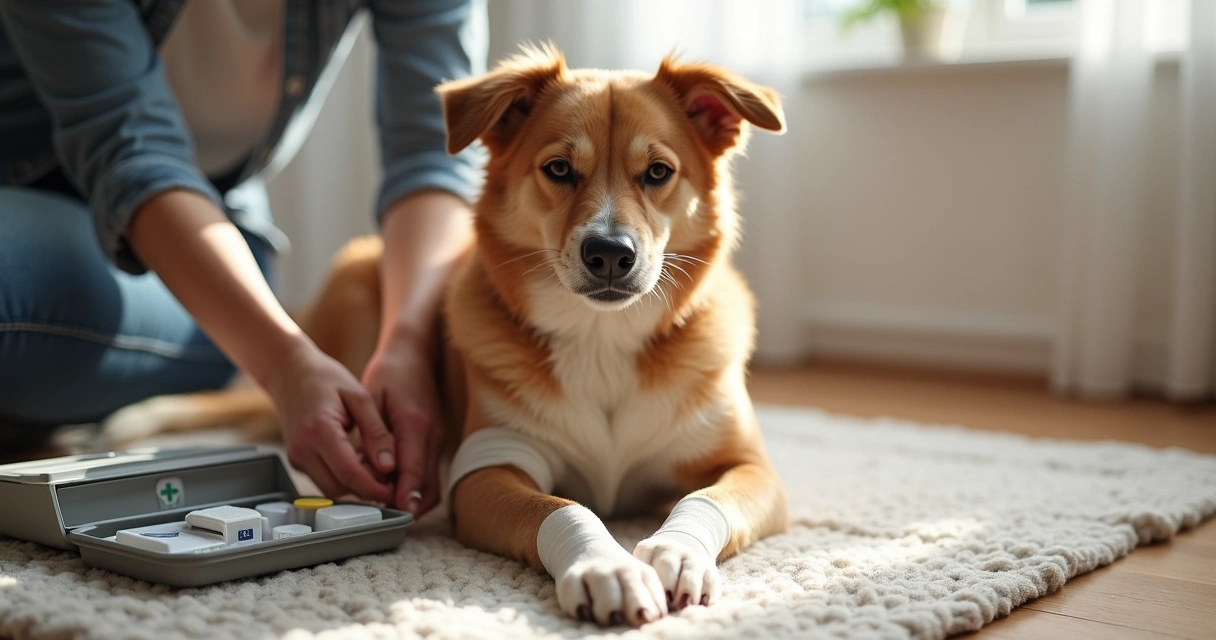There is something magical about seeing dogs sprint across an open field, tails wagging, tongues flapping, and paws thumping against the earth. That sense of freedom is part of what draws so many people and their pets to public dog parks. But after years of experience in animal care, training, and observing hundreds of park playdates, I've learned that behind that cheerful scene, certain risks often go unnoticed.
Dog parks are wonderful, but they are not without their surprises. Some are harmless, others minor annoyances, and a handful can have more serious consequences. Here, I want to share the seven hidden hazards that every owner should know about before that leash comes off.
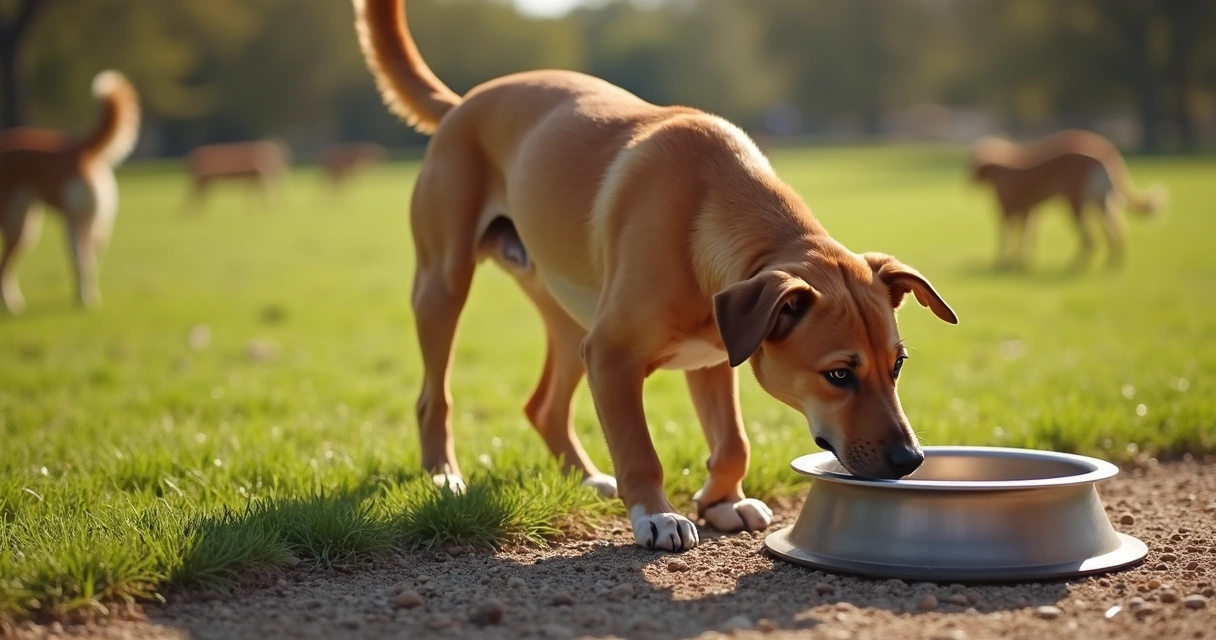
1. Disease transmission is easier than you think
I often hear pet parents say “my dog is healthy, so he’ll be fine at the park.” It’s an understandable thought, but not always correct.
Even a well-kept park can be a hotspot for dog diseases, especially if some visitors skip their monthly parasite prevention or vaccinations. Shared water bowls, sniffing, and fecal matter all play a role in how quickly illnesses can spread.
- Parvovirus, kennel cough, and giardia can pass between dogs with startling speed.
- Puppies and immune-compromised dogs, including seniors, are especially at risk.
Off-leash parks also pose public health risks, as discussed in research on public health concerns linked to off‑leash dog parks. Zoonotic diseases (those that infect both animals and people), like certain roundworms and leptospirosis, can put both pets and humans at risk without good hygiene or staff monitoring. This is a key reason why professional care facilities, such as Dogtown, keep detailed health records and require up-to-date immunizations for all guests.
2. Aggressive dogs and poor canine social skills
One thing I’ve seen too often is how one poorly socialized dog can change the mood for everyone.
Aggression at the dog park isn’t always obvious at first. Sometimes, it’s a tense stare, raised hackles, or a stiff tail, the quiet signs before a loud outburst. Owners may not even notice these red flags unless they’re really paying attention.
- Dogs who haven’t been exposed to group play can quickly become bullies or victims.
- Even confident dogs can act differently in a pack setting.
Supervision and early intervention are critical, as outlined in findings on hazards such as aggressive animals in dog parks. At structured environments like Dogtown's daycare service, trained staff watch group dynamics closely and separate dogs by temperament and size, reducing the risk that a skirmish will turn into a serious fight.
3. Unsanitary conditions and hidden objects
Not every hazard barks. Many are just lying around, literally. I can’t count how many times I’ve seen old tennis balls crusted with dirt, sticks with jagged edges, broken glass, tangled leashes, and, of course, the ever-present dog waste that some folks don’t pick up.
These hidden dangers, especially in muddy seasons, can lead to cuts, infections, and even more severe injuries if swallowed. Parks with poor drainage can also harbor bacteria in standing water.
Maintaining strict cleaning routines and daily spot checks, as dog care facilities do, is a real advantage. At Dogtown’s Day Camp, tidiness isn't just about appearance, it means fewer health risks for pets. It seems simple, but a clean space is safer in ways most don’t realize.
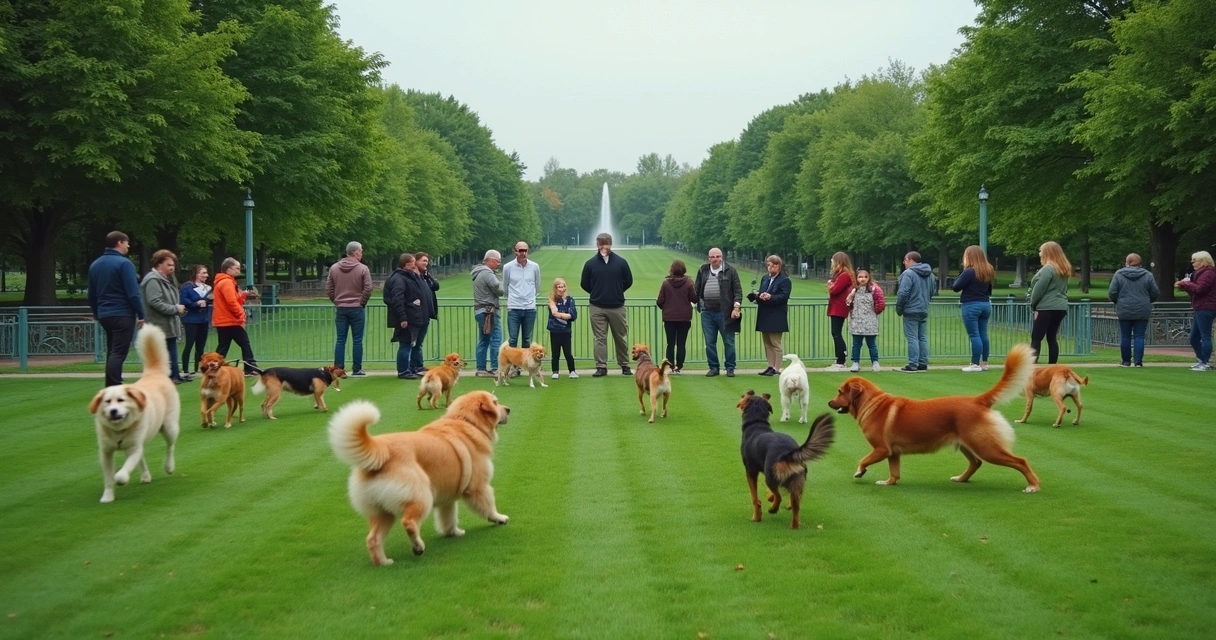
4. Overexcitement and uncontrolled high-energy play
I love seeing high spirits, but I also notice how quickly excitement can spin out of control, especially in a crowded park. Fast games of chase or wrestling can result in collisions, torn ligaments, or accidental nips.
A study on injuries from high‑energy activities highlights how even well-meaning play can lead to serious problems, especially in breeds with too much enthusiasm for their own good.
Unsupervised boisterous play can turn dangerous, particularly if the dogs have a big energy mismatch or lack basic obedience skills.
Facilities that structure play in smaller, managed groups and work on basic commands, like the Personalized obedience training at Dogtown, see far fewer injuries. Training for impulse control helps dogs play more safely and confidently, even in energetic moments.
5. Owner-related accidents: slips, trips, and falls
I’ve seen plenty of people get tangled in the excitement, too. Dogs dart between legs, jump for toys, or yank a leash when somebody isn’t looking. Add uneven ground, muddy shoes, or a rogue tennis ball underfoot, and suddenly owners are at risk as well.
The CDC reports that thousands of emergency visits happen each year due to owner falls and collisions involving pets. While we expect dogs to be clumsy, sometimes it’s the people who end up with sprains or worse.
Look down before you step.
Choosing spots where professional handlers supervise interactions and keep group sizes smaller, like in specialized boarding facilities, offers an extra layer of safety, not just for pets but for owners as well.
6. Children and dogs: a risky mix
Children love dogs. Dogs usually love children. But the reality is that kids don’t always recognize a warning sign or know when to give space. Inexperience can turn a friendly interaction into a bite risk, as emphasized by research on children’s vulnerability to dog bites.
Parks are stimulating, noisy, and sometimes overwhelming. That can make even relaxed dogs react unpredictably when startled by a child’s sudden movement, shriek, or unintentional rough handling.
- Always supervise closely if children and dogs share public spaces.
- Teach children to approach dogs calmly and ask the owner first.
Facilities like Dogtown offer guidance for kids and first-timers through pre-enrollment assessments and education sessions, helping to prevent misunderstandings before they happen.
7. Extreme weather and overheating
Most people know not to walk their dogs during a heatwave, but sometimes excitement takes over and warning signs are missed. Shade isn’t always enough, especially in unshaded parks during the summer.
Overheating, paw pad burns on hot surfaces, or hypothermia in cold months are very real threats to pets during outdoor play.
Bring a portable water bowl, watch for heavy panting, and take breaks frequently. Structured play at places like Dogtown’s grooming and spa treatments can help dogs cool down and recover after a long park day, pampering that goes a step beyond regular walks.
Conclusion: A little awareness goes a long way
After countless trips to dog parks and years around group play, I’ve learned that the hazards aren’t always dramatic, they’re subtle. The good news is, when you know what to look for, it’s easy to keep joy and safety hand in hand.
If you want a safe space that places extra emphasis on temperament, hygiene, and skilled monitoring, facilities like Dogtown offer a structured option that gives owners peace of mind and gives pets a chance to thrive. Schedule a free pre‑enrollment assessment and see what a difference managed care and fun can make for your best friend.
Frequently asked questions
What are common dog park hazards?
Common dog park hazards include disease transmission, aggressive or poorly socialized dogs, hidden objects like sharp sticks or glass, unsanitary conditions, injuries from high‑energy play, slips and falls involving owners, and weather-related risks. Each of these has the potential to turn playtime into a problem if not managed with care and attention.
How can I keep my dog safe?
Keeping your dog safe means being alert, monitoring play, ensuring up-to-date vaccinations, and supervising closely—especially with new dogs or children around. Avoid shared water bowls, clean up after your dog, and take breaks on hot or cold days. Small playgroups like those at Dogtown are often safer and less chaotic.
Are dog parks safe for small dogs?
Dog parks can be risky for small dogs, especially if large and small breeds are allowed to mingle without supervision. Sudden movements or rough play can be dangerous for smaller breeds. Parks and facilities that separate dogs by size, like the approach at Dogtown, reduce these risks.
What should I bring to a dog park?
Bring water and a portable bowl, waste bags, your dog’s leash, updated ID tags, and some favorite toys. Avoid bringing treats that might trigger possessive behavior in other dogs, and have a towel handy for muddy days.
How do I spot unsafe dog behavior?
Look for signs like stiff body posture, hard stares, raised hackles, lip curling, growling, or snapping. If a dog is fixating on another or guarding toys/people, these are early signals that things could escalate. If you see this, calmly remove your dog or alert staff if you’re at a managed facility.


